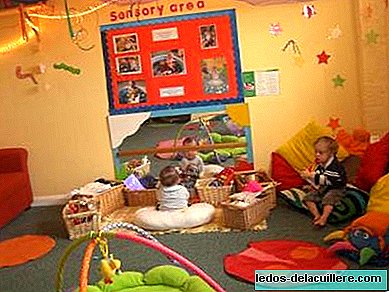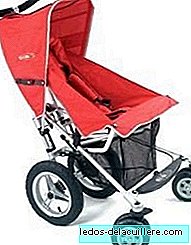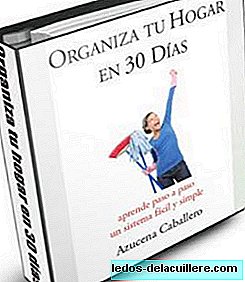
The game continues to be, as of the year, the fundamental learning activity of children. Following the process initiated with the Treasury Fund, a new activity is reached, the so-called heuristic game, which proposes an introduction to the classification of objects and reinforces their understanding of them through free manipulation.
The objects should preferably be those that do not have a playful purpose in themselves apparently. Ideally, they are everyday objects, of various shapes and sizes, made of all kinds of preferably non-plastic materials. We can choose them from nature and home, some manufactured and others in their natural state. The important thing is always that they do not break easily or are toxic.
When selecting them it is important that we do so thinking that they can form sets between them, that is, that there are several of each type and not just one. This will allow to study in a playful way the differences and similarities of objects of such nature.
We can use shells, wool pom poms, pieces of cloth or leather, corks, wooden blocks, kitchen ladles, balls, chains, pine cones, sponges, sturdy cords, toilet paper or kitchen cardboard tubes, and in general anything that may arouse the interest of children who are discovering the world and everything is new to them. The clothespins, curiously, are fascinating and will continue to be so for years.
At heuristic game Children will experience their textures, shapes and appearance of things freely, spontaneously. The game elements will be introduced in one or several baskets in addition to having different containers in which the children can put them such as metal boats without a lid, wooden or cardboard boxes or anything else that we see usable.
In this second year of life for the child it is essential to discover for himself what things are and how they behave. That is why you need the greatest quantity and variety of objects at your fingertips ... You can, through this game, experience the gravity, weight, texture, hardness and temperature of things, assimilating the idea of set and similarity.
While the child plays stuffing and pulling things, grouping and separating, throwing and saving, the adult caregiver must remain observing but not directing the combinations he or she is making or the processes that follow. Through this heuristic game It works to achieve learning through a free and emotional relationship with the environment.












